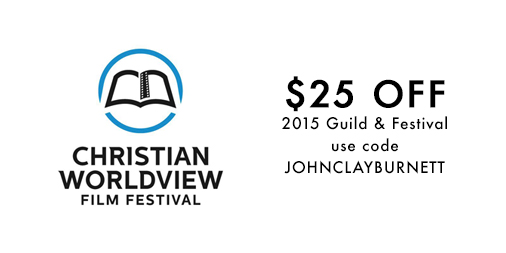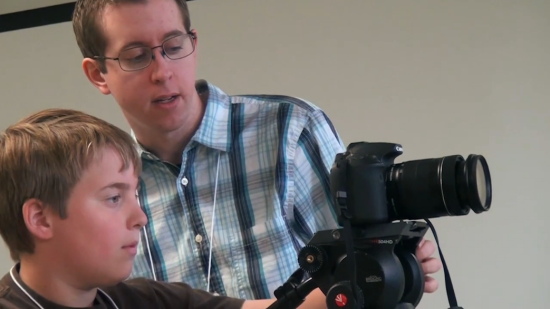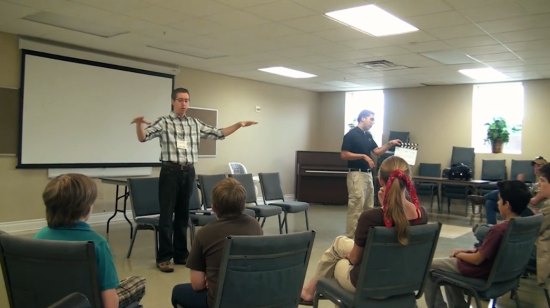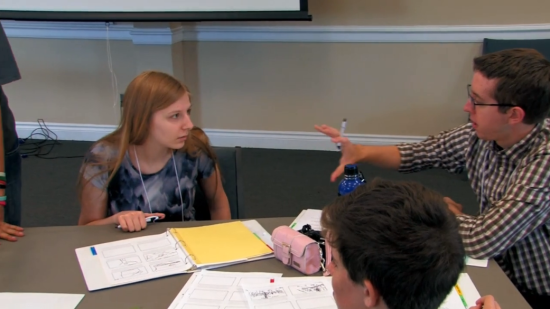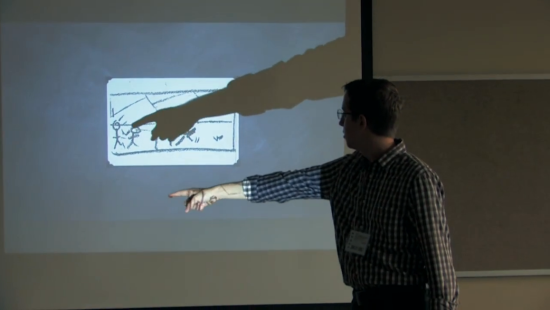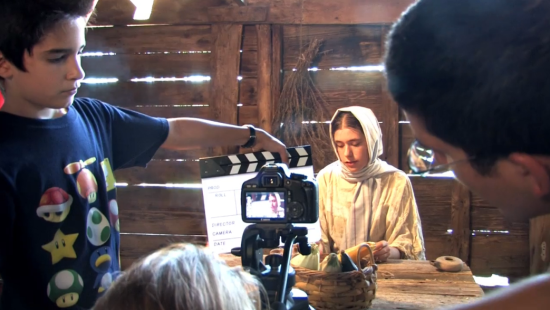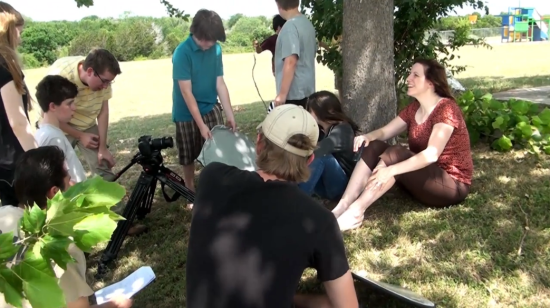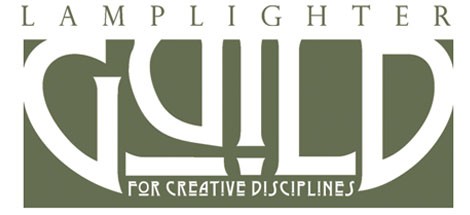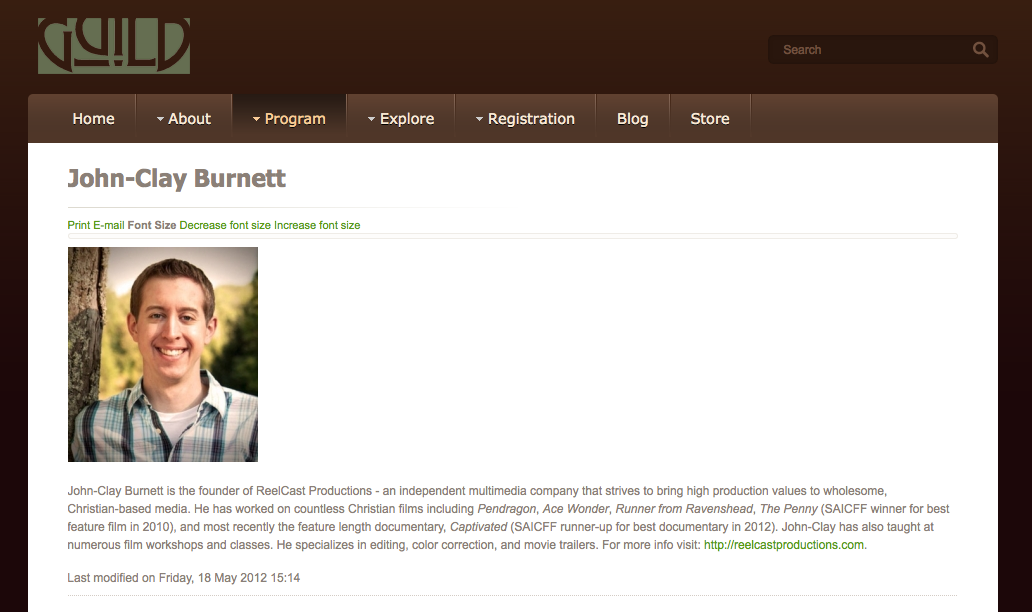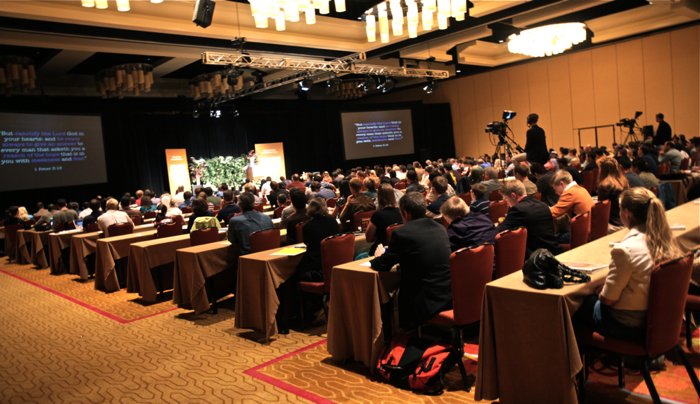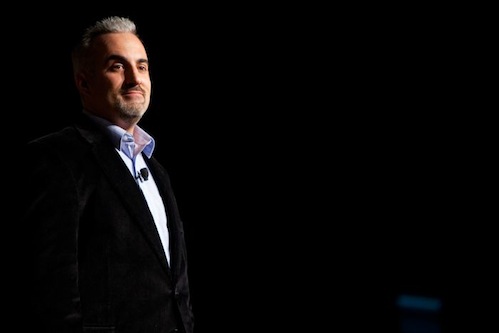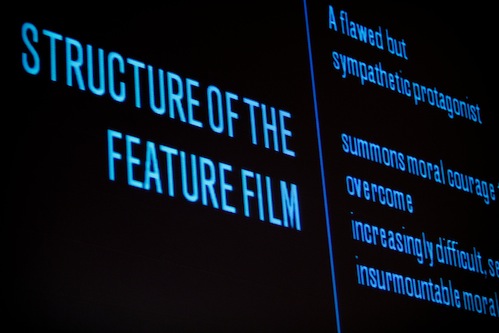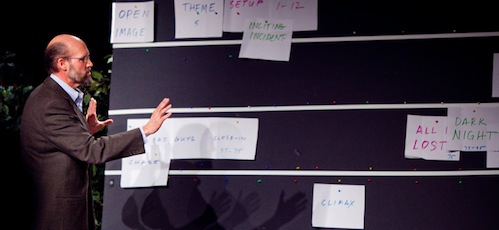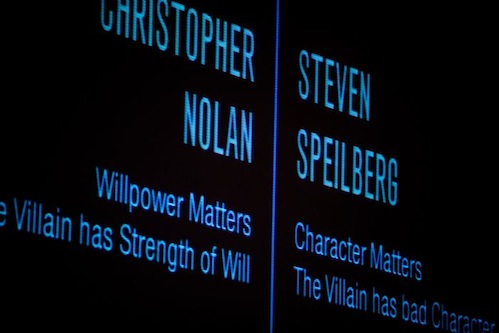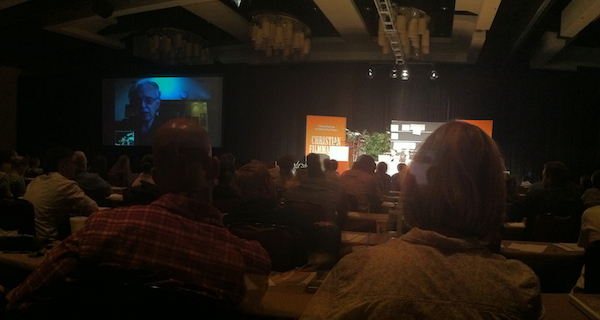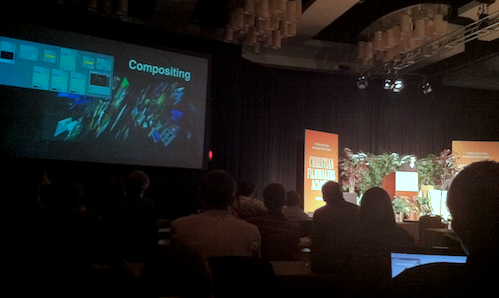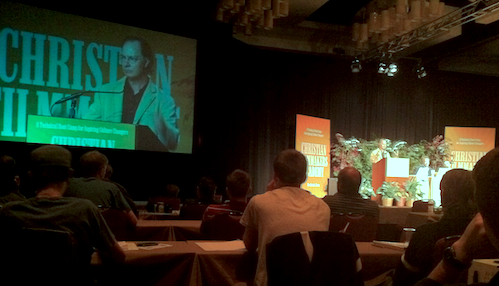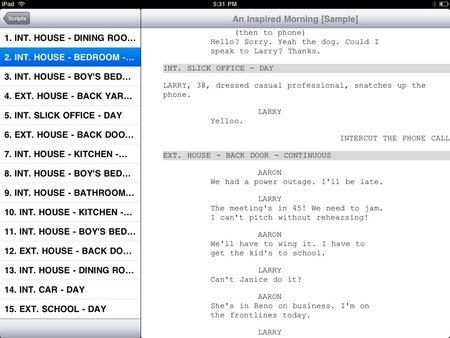Every day, those of us involved in film and video post-production use some truly amazing software. Applications that transcode video, present complex changes in real time, and allow us to transform our images from footage into filmmaking. We manage terabytes of data, we reverse-engineer camera motion by tracking a million moving details, and we create entire worlds using nothing but mouse clicks.
So I’m always a bit surprised at how what seems to be such a simple task by comparison, putting words on a page, has perennially been handled in a way dissatisfying to so many writers.
Final Draft
Final Draft ($249 MSRP, $186.68 from Amazon) is the gold standard, if you take that analogy in the direction of gold being an outdated, unwieldy encumbrance, the continued practical significance of which is more imagined than real. Every “real” screenwriter uses Final Draft, and Final Draft’s .fdx file format is as close to a lingua franca as exists in Hollywood.
Final Draft is an essential tool for films in production because of its industry-standard revision management and compatibility with popular scheduling software, but over the years it has often been less than a joy to use for actual writing. If you used it on a Mac, Final Draft was always the app that made you most painfully aware of Apple’s willingness to start fresh with a new operating system. Final Draft sometimes felt like it was running in an invisible Macintosh Plus emulator ported to Linux and running in OS X’s X11 environment. Even as recently as version 7, Final Draft would only sporadically display screenplay text with an anti-aliasd font.
In fairness, the current version 8, which I was just forced to upgrade to thanks to Snow Leopard, is pretty good. It’s aesthetically minimal and feels like a good, native Mac app. But without wanting to discount the many complex features that Final Draft has under the hood, lets remember that its main task is to place the letters that you type on the screen, and format them like a script—which, by definition, excluded anything not possible using a 100-year-old typewriter. Even in version 8, some aspects of this simple task remain buggy. I find that I can wind up with lower-case letters in a character name depending on the mood of the (admittedly quite handy) auto-complete feature. Similarly, I don’t know if it’s a feature or a bug that I can occasionally type lower-case letter into a slug line, the formatting of which is set to all caps.
But the thing that absolutely flabbergasts me about Final Draft is that, after all these years, it still reflects not one ounce of understanding of how screenwriters think about organizing their work.
Almost every screenwriting application has a “notecards” feature, where scenes are displayed as virtual 3x5” notecards that can be color coded, annotated, and rearranged. This is mean to to emulate the age old screenwriter practice of avoiding actual work by dicking around with 3x5” notecards.
The problem is that Final Draft, like most screenwriting apps, assigns one notecard to each slugline, rendering the entire idea completely worthless. When writes use cards, they might break things down as far as one scene per card — but a scene usually contains multiple sluglines.

Here’s a scene from The Bourne Supermacy (Tony Gilroy, Brian Helgeland screenwriters). On this one page there are five sluglines. Every page in this tense action scene is like this—cross-cutting between Bourne and the Treadstone assassin, moving from setting to setting, punching in for crucial details. In Final Draft, each of these sluglines becomes an index card:

Which is not at all how a writer would use cards. This entire eight-page scene would probably be one card called “CAR CHASE - KIRIL TRIES TO KILL BOURNE.” Or, for another writer, maybe the chase would be broken up into a few cards. BOURNE SEARCHES THE BEACH TOWN FOR MARIE, CAR CHASE - KIRILL PURSUES BOURNE AND MARIE, KIRIL SETS UP HIS RIFLE, TRIES TO KILL BOURNE, etc.
The point is, sluglines and index cards have nothing to do with one another. In order for index cards to be of any use, they must be able to contain an arbitrary amount of screenplay.
Which brings us to…
Scrivener
I’m skipping over Movie Magic Screenwriter… oh wait, let’s not skip them entirely—just take a gander at this screenshot, which I just today pulled from their website. Wow. Anyway, on to Scrivener—the best screenwriting application in existence, and without even trying to be.
Scrivener ($39.95) is a Mac-only app developed by a frustrated novelist who wanted a better writing tool for himself. He does all the coding himself and you can expect a prompt reply from him on his company’s forum if you have ideas for improvements or if you’ve found a bug.
I know, crazy.
The catch is that Scrivener is a general-purpose writing app, with a few screenwriting features thrown in. It offers the basic formatting features, but makes no attempt at street-legal pagination, or managing a character list, or tracking revisions.
Which is so great, because it lets you Just Write.
I could write a hundred love letters to Scrivener, but the one feature I’ll focus n today is the notecards. They are notecards done right. You can, get this, put as much or as little script in one notecard as you like. I never would have dreamed we even had such revolutionary technology.
Not only that, but you can have nested sets of cards. A card can contain more cards.
Whoa.
If that sounds like files and folders, then you’re getting it. In fact, the best feature of Scrivener’s notecards is that you don’t have to view them as notecards. You can always see them as a hierarchy of folders on the side of your screen.

What you see here is the method of screenplay organization described in Blake Snyder’s Save The Cat. While everyone agrees on Acts I, II and III (yes, they do), different writers have different ways of breaking up what happens in each act. Scrivener lets you nest as many folders deep as you like, creating your own template, which you can load in at the start of a new project. At every nesting level, the folders can also be viewed as cards.

What this buys you is the ability to organize by cards at a high level and at a macro level—where cards become scenes. Real scenes, not sluglines. Scenes the way a writer thinks about scenes.

It’s so awesome that it takes a little time to get used to, but it’s worth it.
The only problem is that at some point, if you’re writing a real screenplay that will be read by real people, you have to leave the Scrivener party, put on a tie and show up for work at Final Draft. You need pagination. You need revision tracking. You need MOREs and CONTINUEDs (I guess). I respect Scrivener’s stated goal to not allow their creative writing app to sprawl into a full-fledged movie production tool. Scrivener is for writing. And man, it works. It’s almost like the guy who created it is a writer or something.
So I write this in the hope that Final Draft takes a stab at a folder or notecard system that makes one lick of sense. If you don’t, someone else will. In the meantime, I’ll continue to work in Scrivener for as long as I can.
- - - - -
Source Article




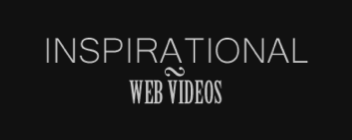

 Post a Comment
Post a Comment

